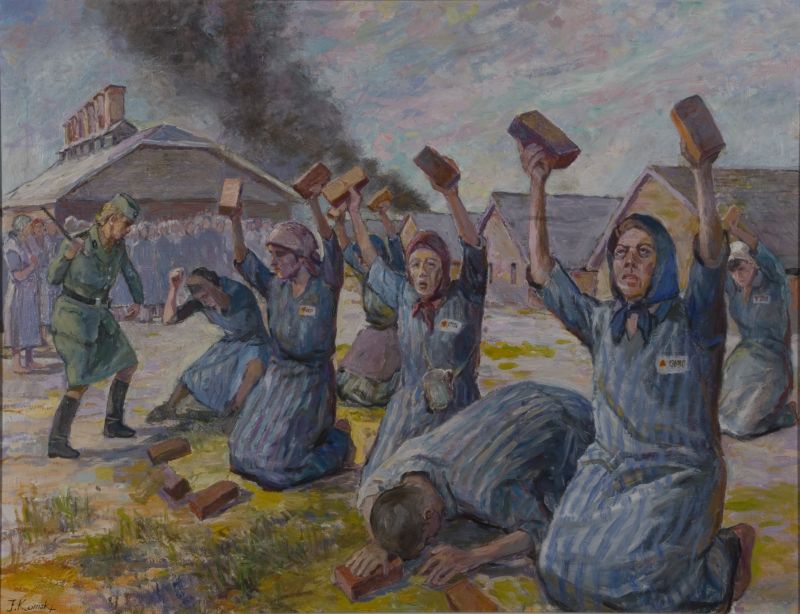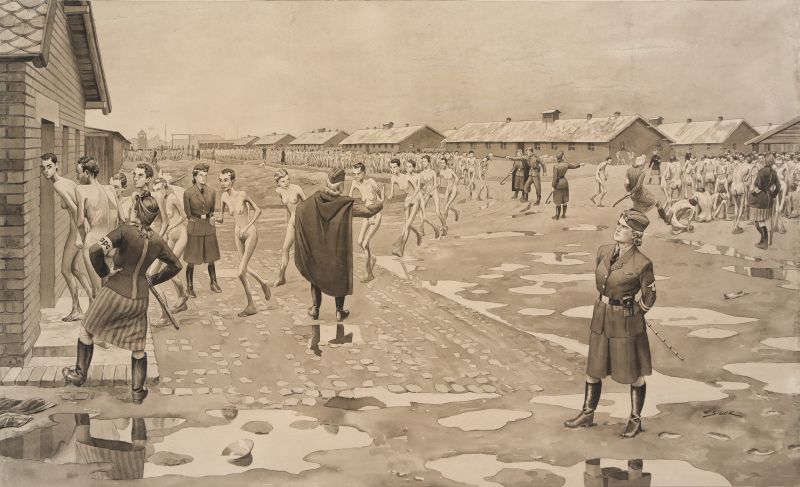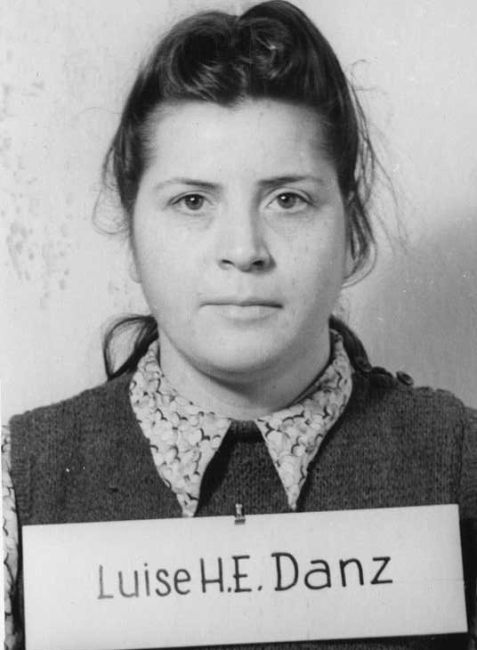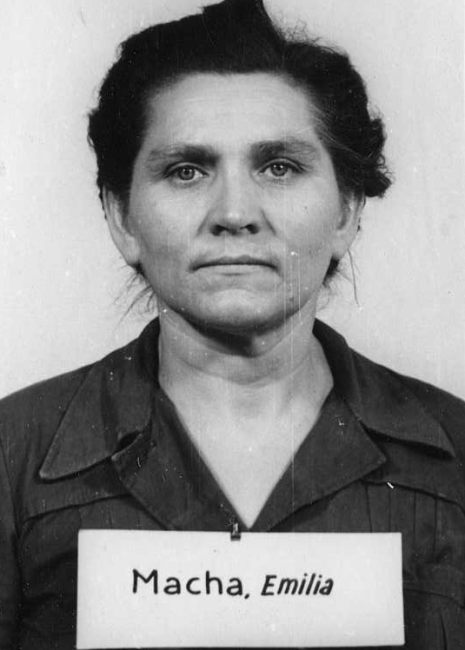Most women who decided to work as a female guard had only finished primary school. During the recruiting period for Ravensbrück camp no skills or qualifications were required and employment in civil service, lodging and salary conditions were attractive for those with no significant education. In return, they simply had to “ watch over” prisoners. Not every woman applying for training in Ravensbrück concentration camp was a sadist, but under the influence of peer pressure, the behaviour of many of them became increasingly brutal. Serving in a concentration camp contributed to the development of exultant feelings of absolute power, which they would not have had under normal circumstances. In the camp, they decided over the life and death of female prisoners, who often had a better educational level than they did. If it had not been for the war, the prisoners would have had better life conditions and social statuses than their guards.




